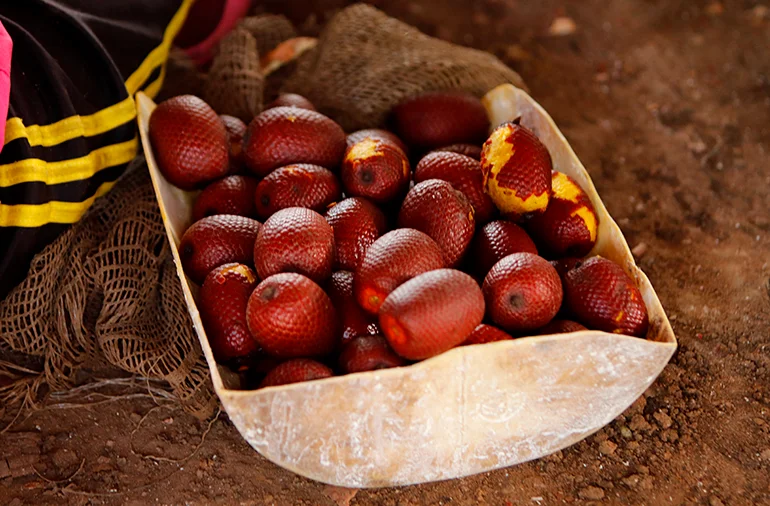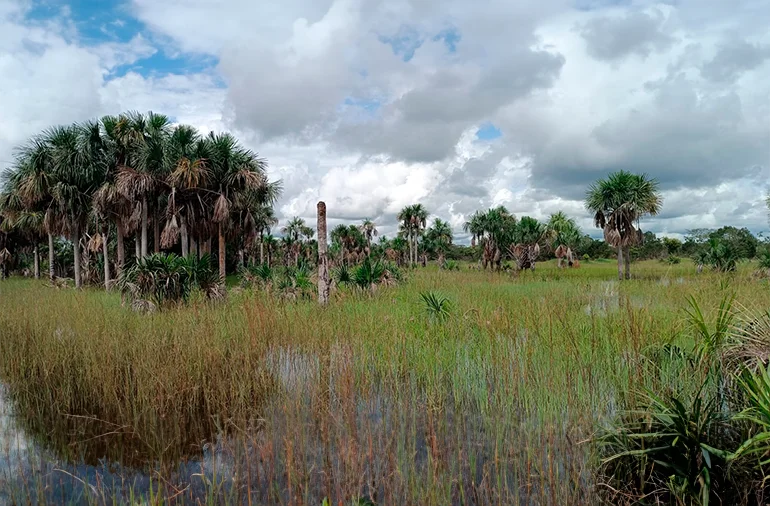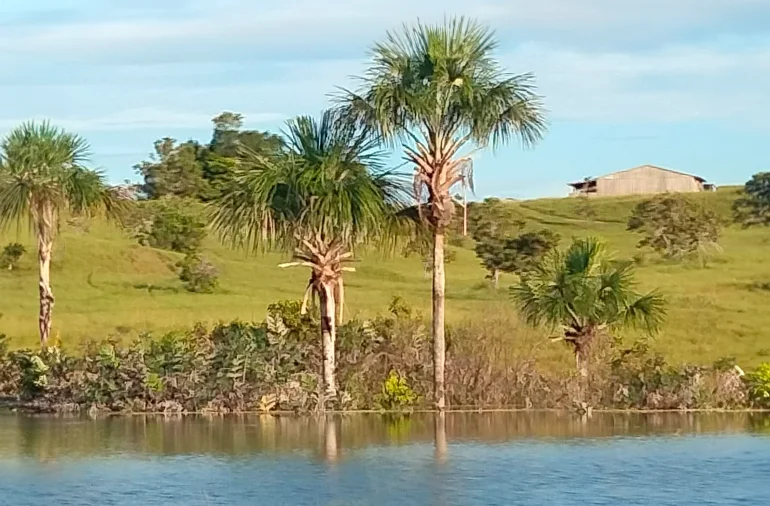



At the crossroads of the Colombian Orinoquía and Amazon, morichales (palm swamps) emerge as key to the future of forests rising above the savannas. Facing threats from fires and deforestation, these crucial ecosystems find hope in the REDD+ Matavén Project, which introduces a unique approach to their monitoring. This innovative method not only highlights the urgency of protecting them but also provides essential tools to understand and preserve the rich interconnections between the savanna corridors and the Amazonian forest block.
Methodology and technological tools
To delve deeper into the study of morichales in the Matavén Forest, a revolutionary method was implemented, combining the use of drones and photogrammetry techniques with centimeter-resolution images. This approach captured unique details of these ecosystems, highlighting specific physical features and ecological variations. In collaboration with local communities, ten morichales were selected, representing different stages of development, physical characteristics, and levels of human intervention. Subsequent spatial analysis generated precise data, such as individual palm counts and height estimates using Digital Surface Models (DSM) and Digital Terrain Models (DTM). This innovative approach enriches the monitoring of morichales and establishes essential indicators to assess their long-term state and evolution, marking a milestone in the conservation of these valuable ecosystems.
Key Findings
The findings reveal remarkable diversity within the studied morichales, showing various stages of development and degrees of human intervention. The methodology generated critical indicators for long-term monitoring, such as the canopy area index and palm density per hectare, reflecting the health and ecological dynamics of these ecosystems.
High-resolution images have been fundamental in identifying changes and assessing the impact of human interventions. The morichales of Matavén, located in a unique transition zone, play a vital role in water conservation, biodiversity, and the livelihoods of local cultures. This study underscores the need for adaptive management approaches to preserve these ecosystems against current threats.
The research highlights the critical role of morichales in the growth of new forests over the savanna and how the REDD+ Matavén Project is essential for their conservation.
For more information about this study, download the full report here.